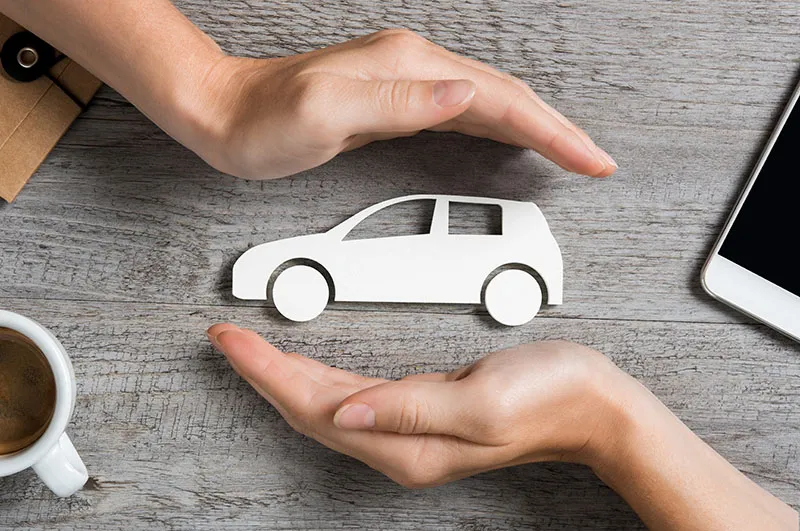In most states throughout the United States, drivers need to have some form of auto insurance. This type of coverage guarantees that funds are available to them to repair, at the very least, any vehicle they accidentally hit while using their vehicle. Auto insurance can also cover a variety of other areas, including medical bills for someone injured in an accident and damage to the driver’s own vehicle.
It’s important to remember that different levels of insurance exist. Drivers can also usually find coverage to help them with vehicle repairs, medical bills and even wage losses related to accidents involving animals, inanimate objects and natural and man-made catastrophes.

To get the coverage that you need, follow these steps:
Learn the Terminology
Before you speak with auto insurance providers, research online everything you need to know about vehicle insurance in your state. Use a simple keyword search with your state name followed by the words “auto insurance glossary.” This information can help you learn that a driver’s chosen total coverage plan is known as a “policy.” You can also learn important details about how an insurance plan works. As a policy holder, you might pay your insurance bill or “premium” once a year, every six months or monthly. The monthly cost is known as a “monthly premium payment.”
Think Demographics
Insurance coverage options and cost vary depending on a wide range of “risk” factors. Insurers need to believe that you are a driver that won’t have a lot of accidents or submit a lot of request for assistance or “claims.” Your demographics help them to estimate your risk status. For example, teenagers who have never driven and all drivers with previous accident claims in which they were responsible are often seen as high risk. Your age and even the geographic region where you live impact your options. For example, city drivers are often considered more prone to having accidents.
Compare Options
Contact insurers and shop around before picking a policy. Auto insurance providers in your region offer competitive rates. As a result, you can negotiate the best rate with the insurer that you ultimately prefer by knowing all of the options available. When speaking with insurance agents about coverage estimates, always ask about discounts. For example, most insurers offer what are known as “bundled” rates. If you choose a specific insurer to handle your other insurance needs in addition to one-vehicle coverage, such as apartment/home or multi-vehicle insurance, then you can usually receive a lower bundled rate. Anyone who has passed a safe driving course typically receives a discount as well.
Consider the Budget
Lastly, choose an insurance plan that guarantees that you won’t over-extend yourself financially. Instead of picking a plan because it sounds like a great deal, think first about your current budget and emergency and other expenses that come with owning and driving a vehicle. If you’ve never owned a car before, you must consider factors that influence the amount of money available to pay premiums. For example, a driver pays regularly for gasoline and other fluids that help keep the vehicle in good working order. Over time, you must pay a mechanic to professionally maintain it and repair or replace broken or defective parts. If you live near a turnpike or bridge, you might need to pay toll fees. In a city, you can expect parking fees.
Getting auto insurance doesn’t have to be difficult. You merely need to take your time and research your options. Once you have a better understanding of the plans and prices in your area, you can easily pick the one that works best for your situation.
